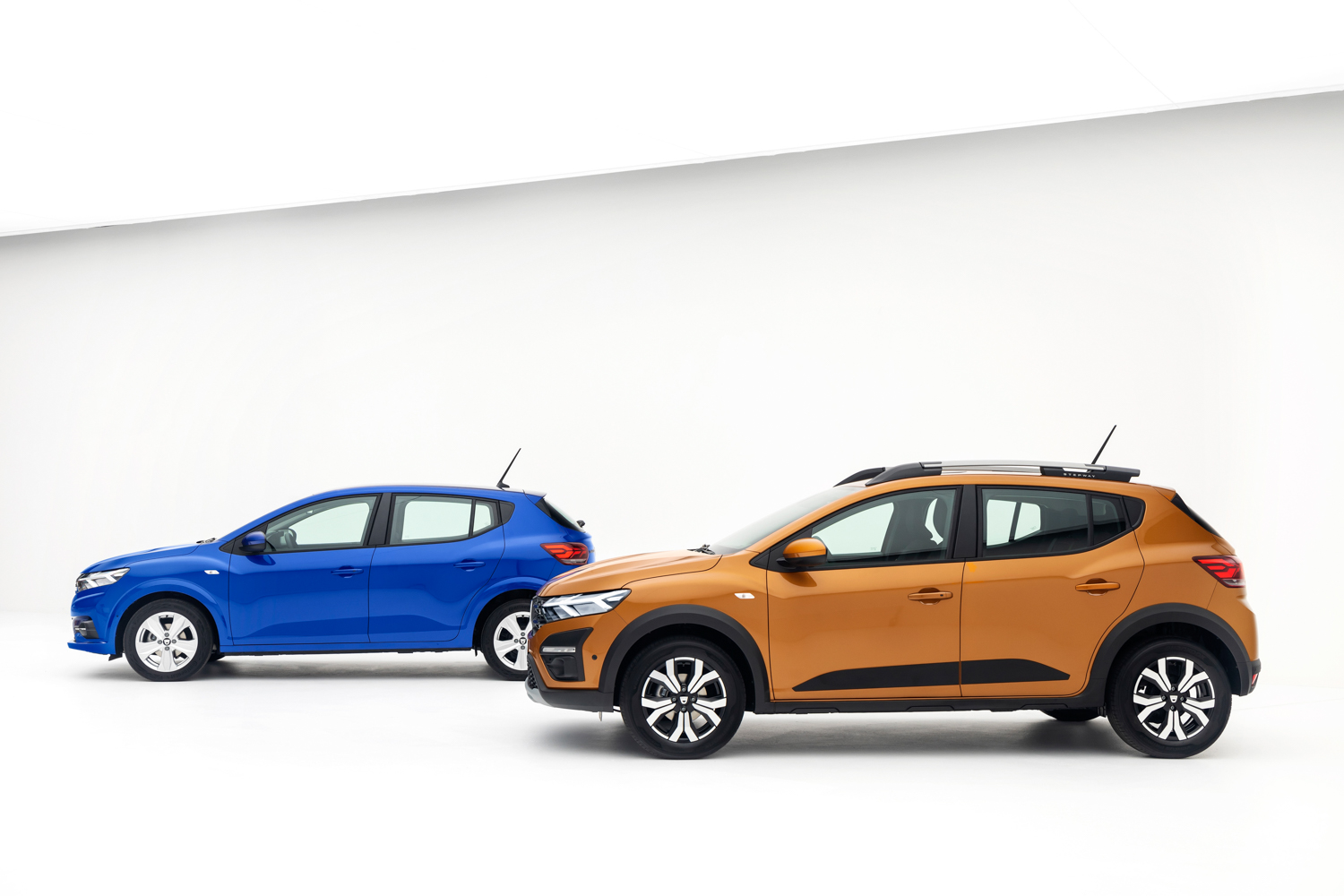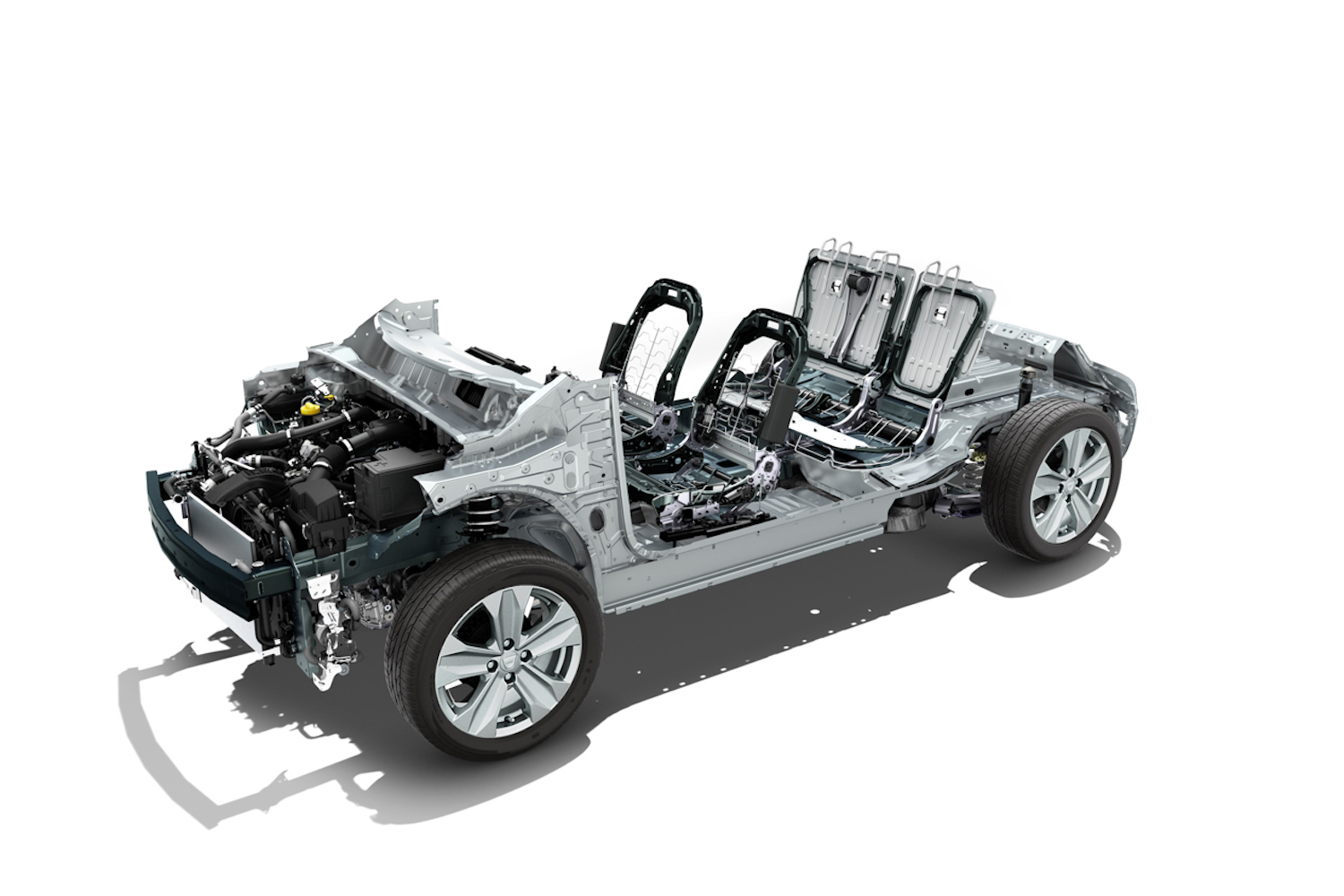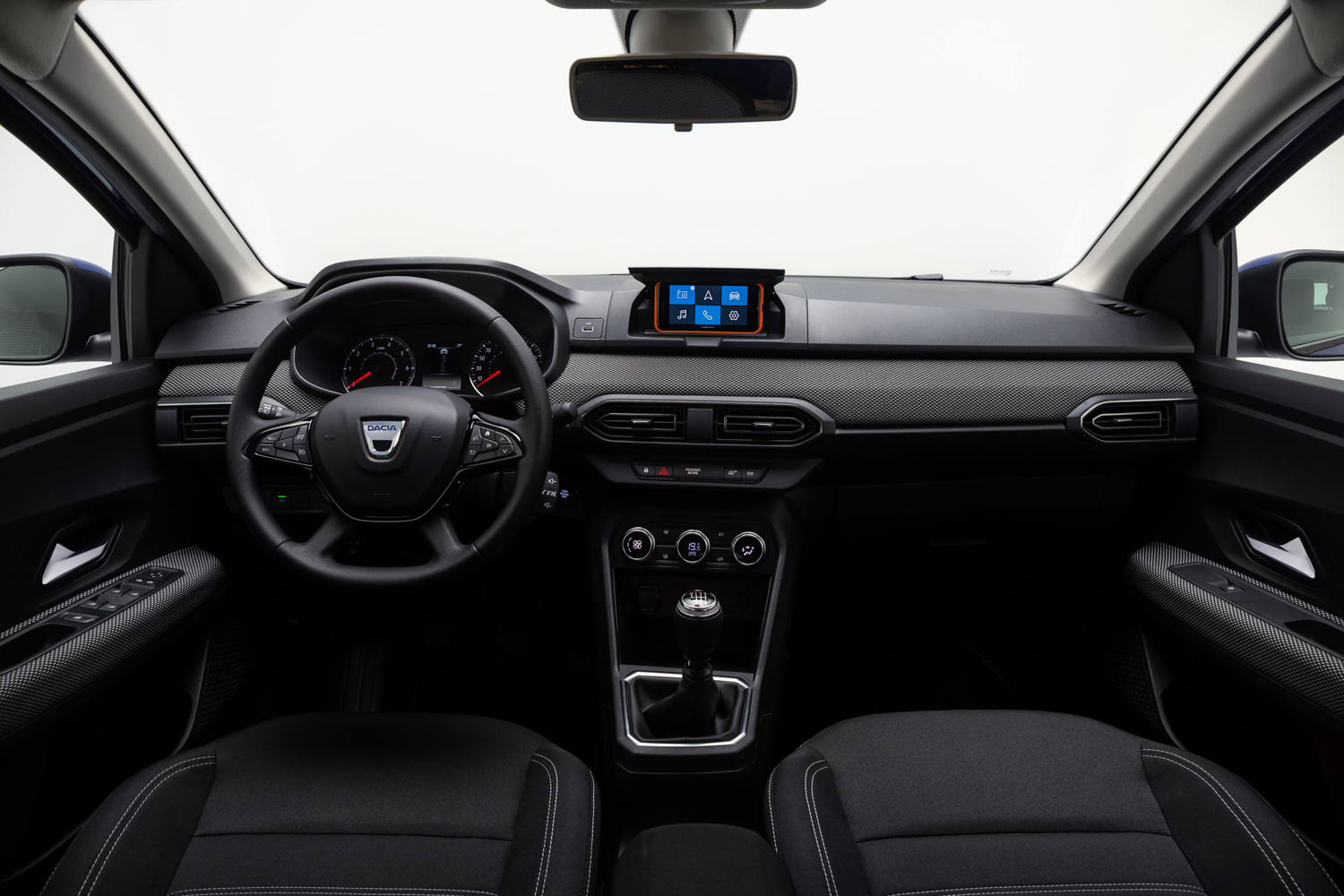Dacia Ireland has confirmed that the new Sandero, and Sandero Stepway crossover, will go on sale here in February 2021, with first customer deliveries in the spring of next year.
Best-selling Dacia
The Sandero has been a roaring success for Dacia across Europe, with some 2.1 million cars sold, making it the biggest-selling car to private customers since 2017. The Stepway has sold 1.3 million cars and accounts for some 60 per cent of Sandero sales in the Irish market.
The new Sandero looks surprisingly different to the outgoing model, with sharper styling, a more sloped windscreen, and a lower roofline. High-tech LED headlights, with a distinctive Y-shaped daytime running signature, are now fitted as standard across the range, while the standard 15-inch wheels can be fitted with a 'Flexwheel' trim that Dacia says replicates the look of an alloy rim.
The Stepway version has been made more distinct, with a unique bonnet (that gets ribs and a power-dome), and the Stepway logo on the front bumper. There's also a metal bash-plate front and rear, wheelarch cladding, and re-inforced door bottoms for a more off-roader-y look. Ride height has increased too, up by 41mm to 174mm. 16-inch wheels with the 'Flexwheel' cover are standard, but you can get 16-inch diamond-finished alloys if you go for the new 'Prestige' version.
In a clever touch, the roof bars that run along the top of the Stepway can be undone and switched around to create a practical roof-rack, which can carry as much as 80kg of cargo.
New 1.0-litre petrol engines
Underneath, the new Sandero and Stepway get the latest Renault-Nissan-Mitsubishi family CMF platform, which means for the first time they're bang up to date. Dacia says that the new platform "reduces emissions while complying with more stringent crash-test and pollution control requirements."
The engine lineup, for now, is all based around a 1.0-litre three-cylinder petrol unit. There's a base model, with no turbo, and 65hp, paired with a five-speed manual gearbox. Then there's a 90hp turbo, which gets a six-speed gearbox, or an optional CVT automatic, and a range-topping 100hp turbo which can run on LPG fuel too.
That LPG version gets a second fuel tank where the spare wheel would normally be, and Dacia claims that, running on LPG, the Sandero Bi-Fuel emits on average 11 per cent less CO2 emissions than an equivalent petrol engine. It is also capable of travelling more than 1,280km with the two tanks combined: 50 litres for the petrol tank and 40 litres for the LPG tank.
All engines come with stop-start, and Dacia says that the new CVT automatic offers a potential 11 per cent fuel economy improvement compared to the old automatic option.
More space inside
Inside, both models are much more spacious than before, with a 328-litre boot, and an extra 42mm of rear legroom. There's also a combined 21 litres of storage space dotted about the cabin in various cubbyholes and bins. There are new front seats, which are supposedly much more comfy than those of the outgoing model, while the steering now adjust for both rake and reach.
The six-speed manual gearbox gets a shorter lever with an easier throw, and the new power steering system apparently requires 36 per cent less effort than that of the previous Sandero. Wonder how they measure that?
Standard equipment includes a mobile phone holder and a trip computer, as well as an electronic speed limiter. Auto headlights are available on higher-spec models, while automatic air conditioning with a digital display will be available on the range-topping Prestige model.
There will also be two different touchscreen setups - Media Control and Media Nav. With Media Control, smartphones can be placed on the removable smartphone support in front of the driver to become a remote multimedia system via the new Dacia Media Control app and a Bluetooth or USB connection. The system provides easy access to the radio, music, calls, messages, sat nav apps and many other features such as Siri and Android voice recognition. Controls are within easy reach either on the steering wheel (for the radio) or behind it (sat-nav) to ensure safer driving.
The Media Nav is a more traditional system, featuring an eight-inch touchscreen, with smartphone connection, and which includes Bluetooth and Android Auto and Apple CarPlay.
Quite apart from the improved crash structure of the new CMF platform, the new Sandero and Stepway are also getting extra active safety features. Those include stability control, a speed limiter, emergency brake assist, blind spot warning, parking assistant, and hill-start assist.


